Coved ceilings used to be a very common and integral part of the décor of 20th Century homes, especially in Northern European countries. Not just in Northern Europe, but many other parts of the world, like North America or even India used to influence coved ceilings, this trend influenced massive home interior design and home décor. However, with passing years, the usage of the coved ceiling has seen a downfall. Old houses still may have coved ceilings, and instead of getting rid of them, incorporating sculpted ceilings with modern-day designs is gaining a lot of popularity.
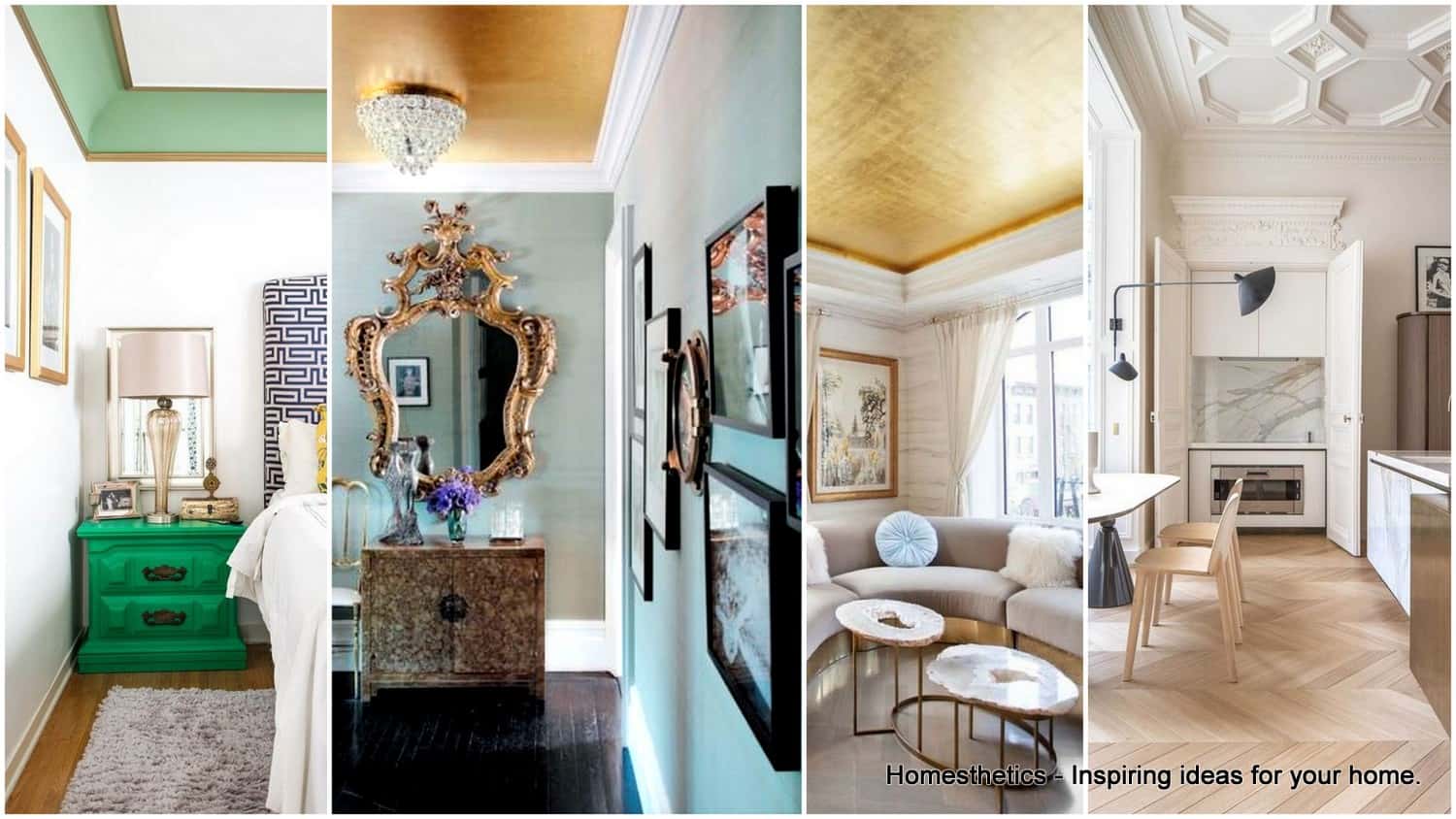
Coved ceilings and designing them could sometimes be tricky. From the usage of wired ceilings to various textures, different patterns, paints, etc.- coved ceilings have made a comeback! It would be worth it to mention some of the coving designs and how they could be incorporated to give your house a unique look.
What is a Coved Ceiling?
Cove Ceiling vs. Drop Ceiling
Cove ceilings and drop ceilings are two distinct ceiling design styles prevalent in architecture and interior design, each with its unique characteristics, benefits, and applications:
Similarities
- Both cove ceilings and drop ceilings serve as aesthetic enhancements in a room, contributing to the visual appeal and overall ambiance.
- These ceiling styles offer customization options, which can include the incorporation of lighting fixtures, acoustic panels, or specific materials according to the space's requirements.
- Cove and drop ceilings can act as decorative elements that align with various design aesthetics, complementing the overall décor of a room.
Differences
- A cove ceiling is a curved design that follows the lines of the walls, creating a smooth transition from the wall to the ceiling. Drop ceilings, also known as suspended ceilings or false ceilings, are grid systems installed below the original ceiling, with individual tiles or panels filling the grid openings.
- Cove ceilings are generally constructed using more solid and heavier materials, such as plaster, drywall, or wood. In contrast, drop ceilings typically consist of lightweight materials, like mineral fiber, fiberglass, or lightweight metal tiles or panels.
- In terms of soundproofing, drop ceilings usually provide better acoustic performance due to their adaptable nature and the air gap insulation created between the original ceiling and the suspended grid. Sound-absorbing or sound-blocking materials can be used as ceiling tiles to enhance noise reduction. Cove ceilings, on the other hand, offer only minor acoustical benefits through their curved design, which disperses and diffuses sound waves to a limited extent. To address soundproofing concerns in both types of ceilings, proper soundproofing materials can be employed. Explore the best soundproofing materials that can complement various ceiling styles.
How to Use Coved Ceilings
1. The seamless cove
Certain houses which already have coves could be either accentuated or blended with the ceiling with either the same paint or wallpaper. The coving, as well as the ceiling, is first painted in the same color, and keeping in mind the complementary shades that would go with the color, the wall is then designed and painted. This helps in seamlessly adding that unique look of coves in the décor, without getting into a lot of hassle.

2. Furniture used for coving
A lot of olden days, as well as modern houses, have furniture which is attached to the walls. This could again be used creatively, and a coving could be added on top of them. It could be a wardrobe, study table, window pelmets, etc. Coving could be added on top, and the wall could be given a new definition. It looks very chic and saves space.

3. Accent coving
This technique is unique in the way that the room could be made to look different and colorful. Accent coving focuses on accentuating the coving, by painting it in a color different than that of the ceiling or the wall. This helps the coving to stand out and have its space in the room. After all, a coving does add to the intricacy of the room décor.

4. Sticking to the classics
One of the biggest problems of coved ceilings is to get the perfect fit of the wallpaper in the joint between the ceiling and the wall. This joint is 90 degrees and is very sharp, hence maintaining the same could be tricky. The classic coving has a similar color as that of the ceiling, and the wall has sharp paint or wallpaper. This needs to be executed with precision.

5. Ornate coving design
Coving can be given a twist by adding a lot of grandeur to it. It is not necessary for a coving to be incorporated with the ceilings and make it look seamless all the time, it could even be given a vintage look by adding intricate details and work to it. If the house is old and already has high ceilings, ornate coving adds a great deal of panache to it and changes the entire décor of the room.

6. Picture rails
Picture rails are not one of the most adapted concepts, but they are a great way how covings could be used. Also, for individuals who like to mix and match their pictures and play around with their home décor, this is a great idea. The pictures could be changed from time to time, and the coving could also be used wisely. It helps in defining the coving of the room.
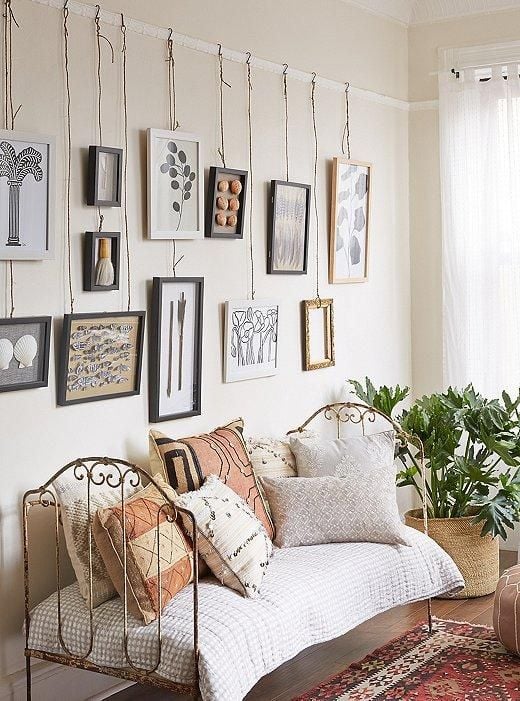
These are just some of the ways how the interior of a modern home could be revamped by adding coved ceilings or even incorporating pre-existing coved ceilings in the décor. They look grand as well as chic at the same time, adding a wee bit of vintage vibes to the design.
Coved Ceilings Designs Gallery
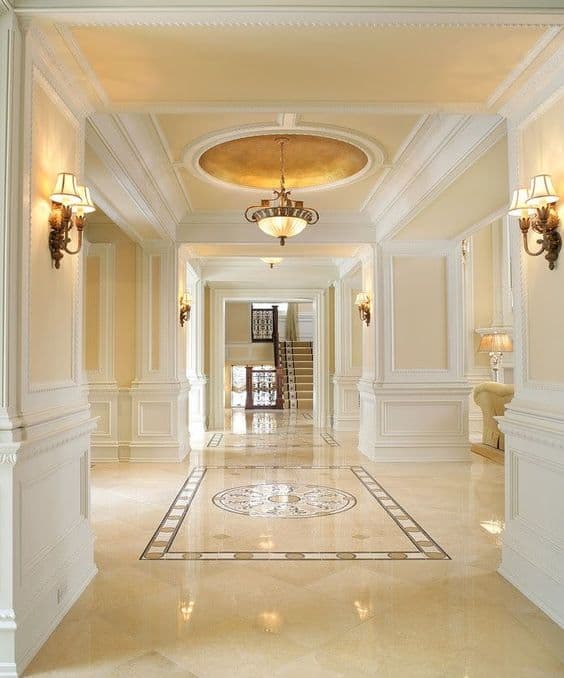
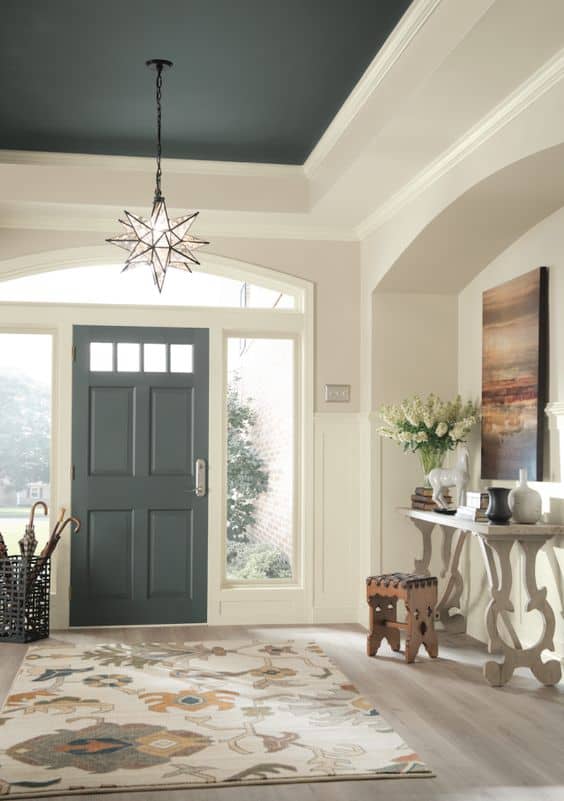
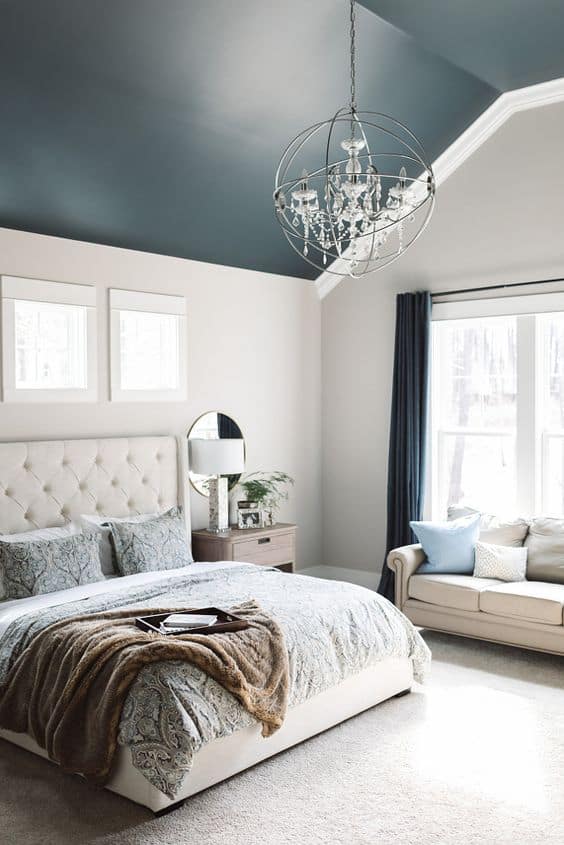

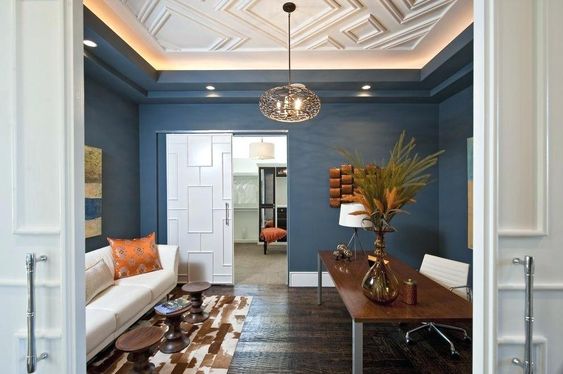
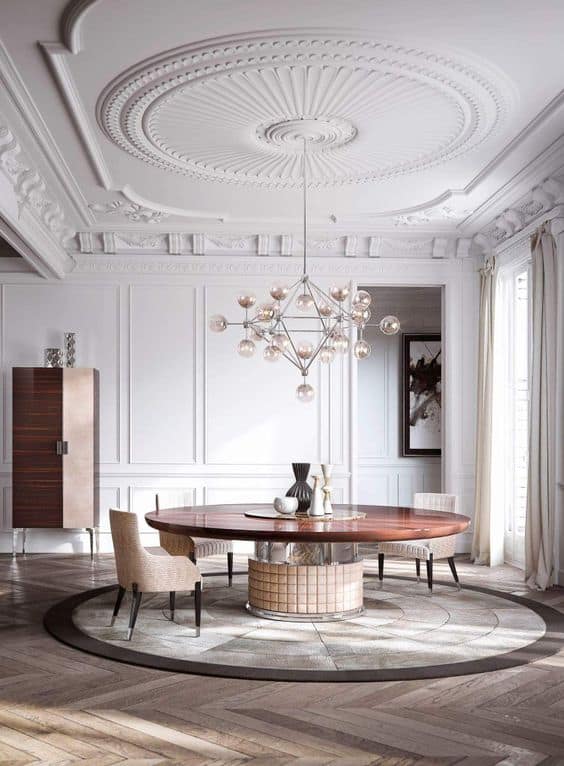
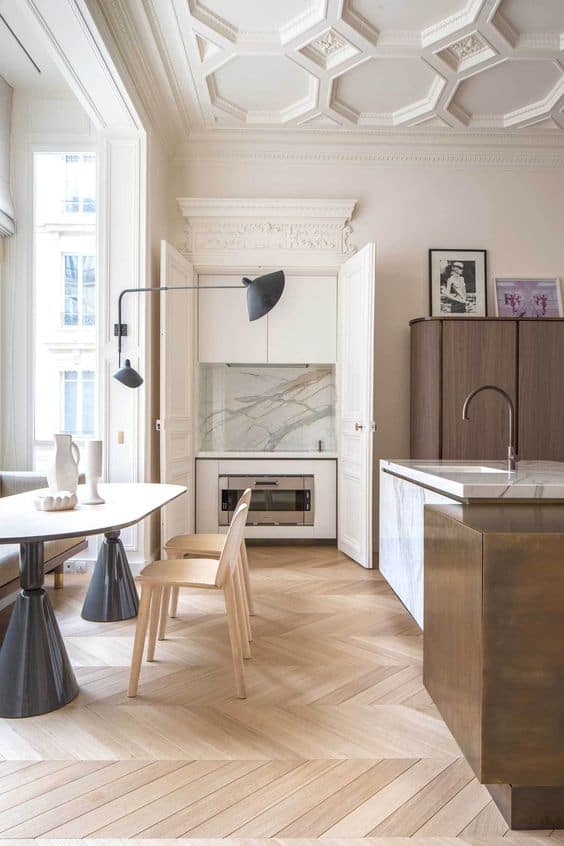


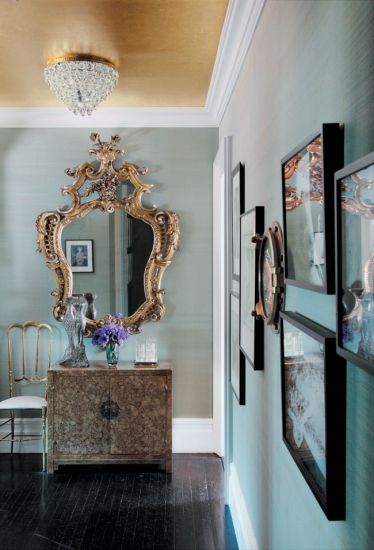
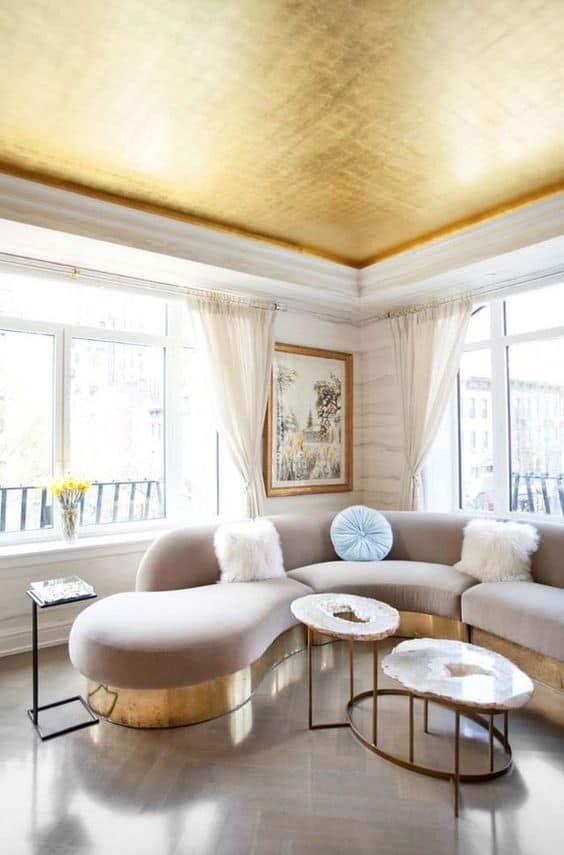
What do you think? How do you like the designs above? We would love to hear your thoughts on coved ceiling designs!
There are various materials that can be used for coved ceilings, including plaster, gypsum, wood, and polyurethane. The choice of material depends on several factors, such as the desired aesthetic, the location of the room, and the budget. Coved ceilings are typically installed by using specific adhesive, screws, or both to attach the coving to the ceiling and wall. The type of adhesive and screws used can vary depending on the material of the coving and the surface being installed on. For example, polyurethane coving can be installed using a suitable adhesive, while wooden coving may require screws in addition to the adhesive. Using incorrect or unsuitable adhesives and screws can cause issues such as instability, peeling, or even damage to the wall and ceiling. Coved ceilings have several advantages, such as providing a sense of spaciousness, improving acoustics, hiding imperfections, and enhancing lighting. They can also add value to a property and make it more attractive to potential buyers or renters. Coved ceilings are versatile and can be used in almost any room, including living rooms, dining rooms, bedrooms, and bathrooms. However, the type of coving and the installation method may vary depending on the humidity levels and other factors specific to each room. Coved ceilings are generally low maintenance and can be easily cleaned using a soft brush or a damp cloth. However, they may require occasional touch-ups or repairs depending on the material and the wear and tear. It’s advisable to consult with a professional for specific maintenance guidelines.Coved Ceilings FAQs
